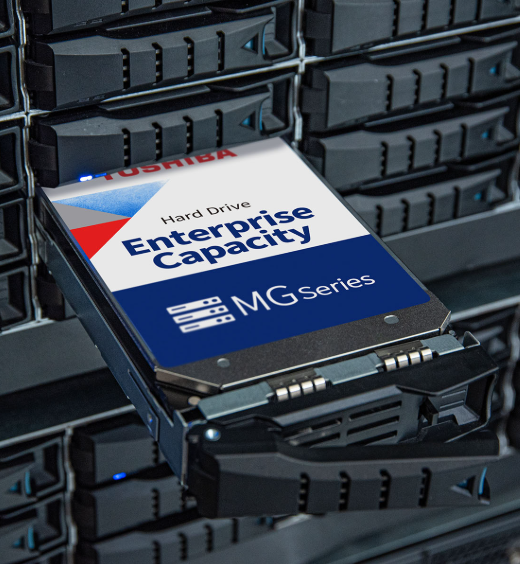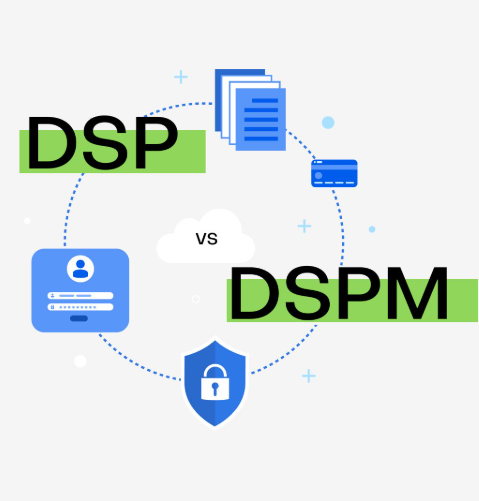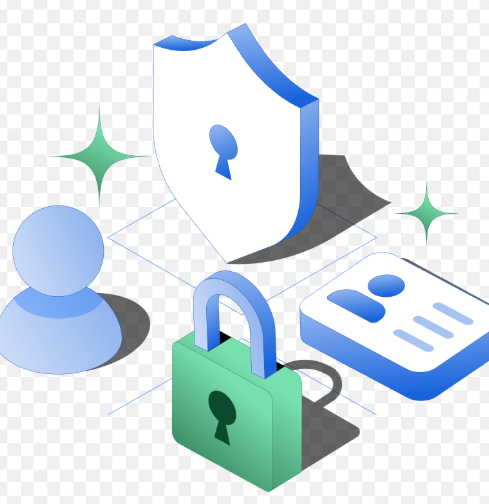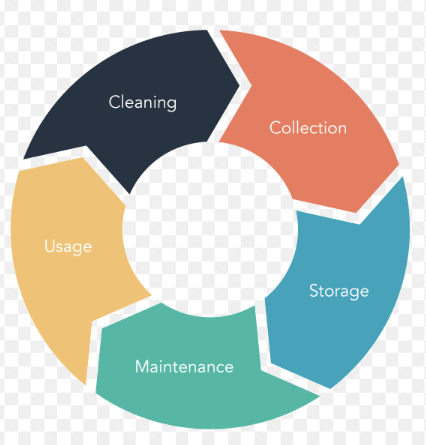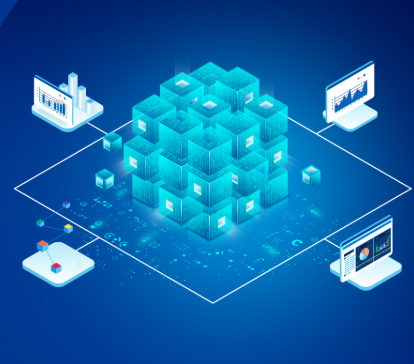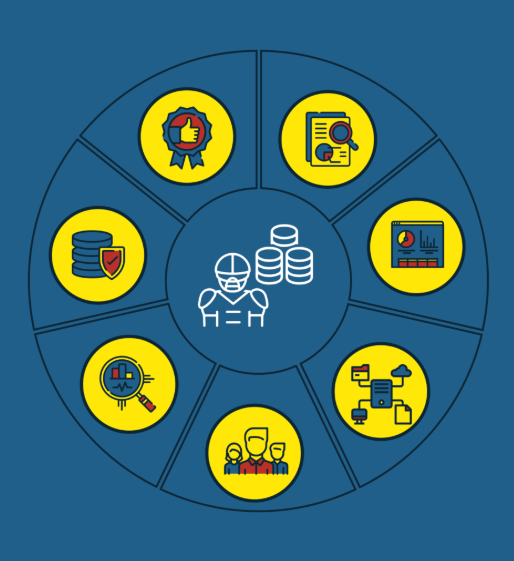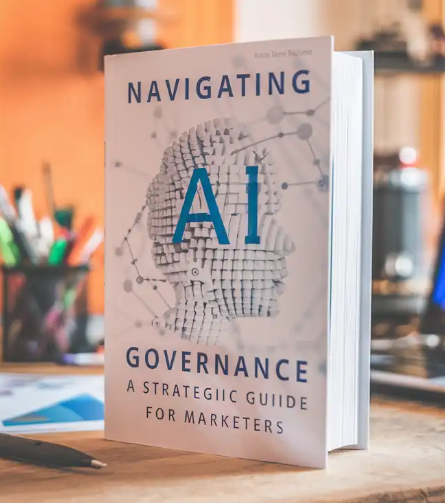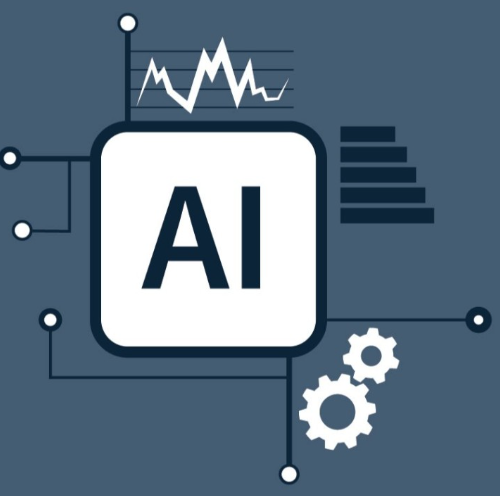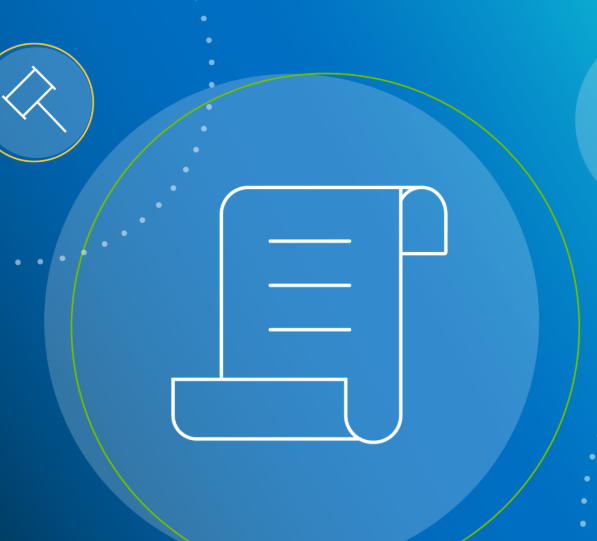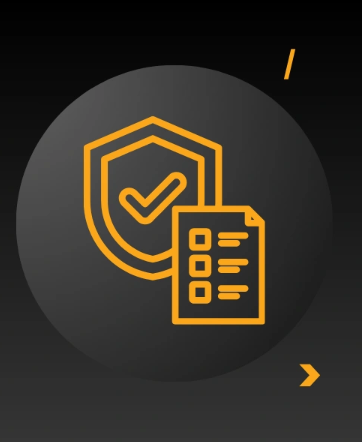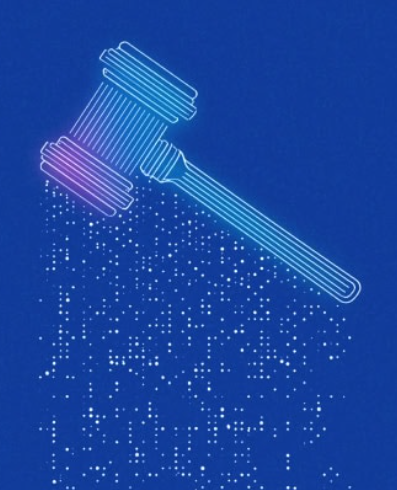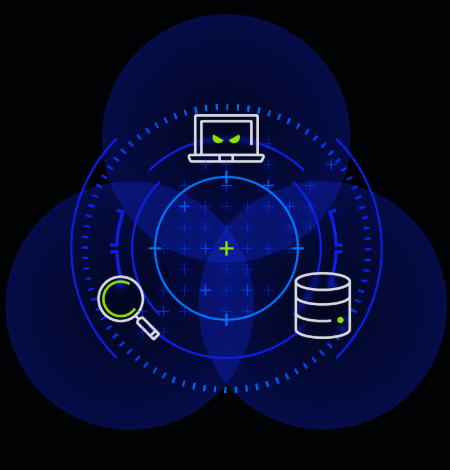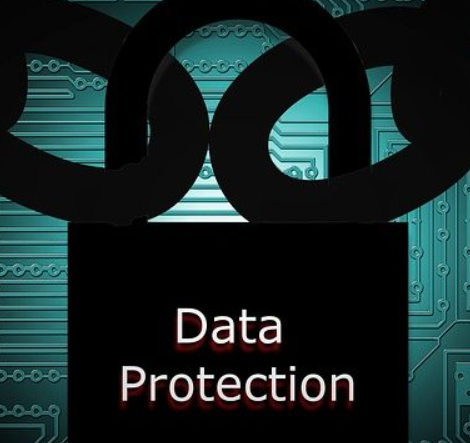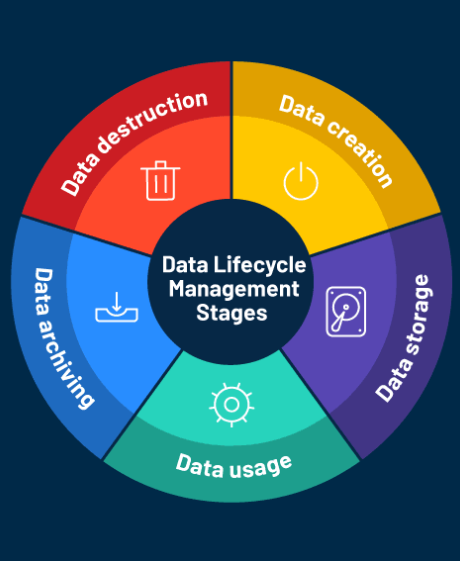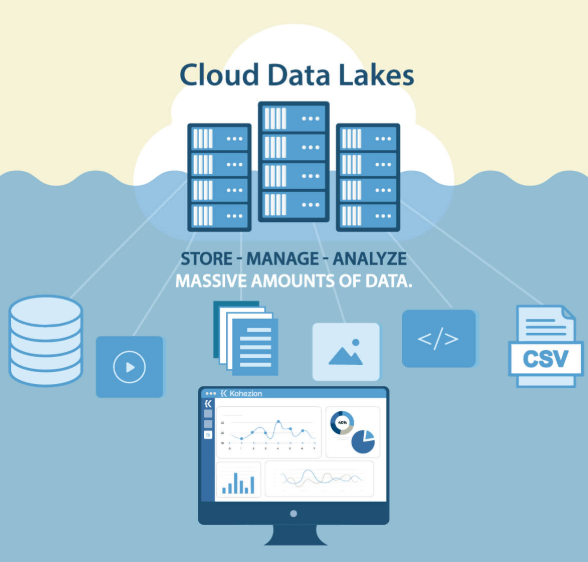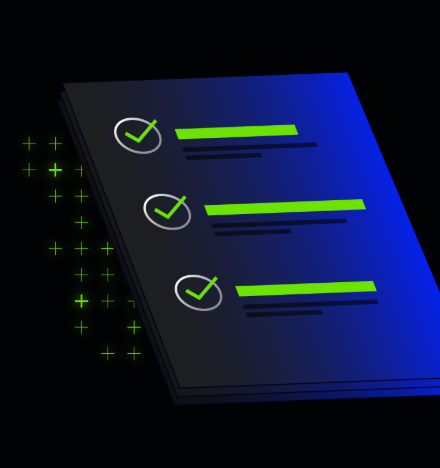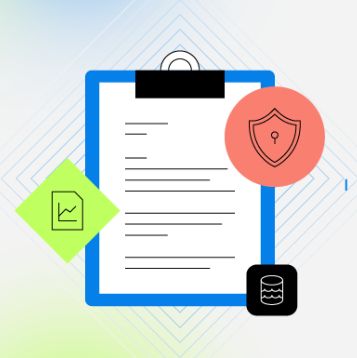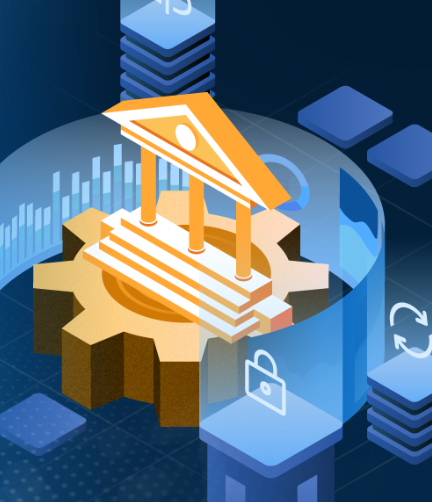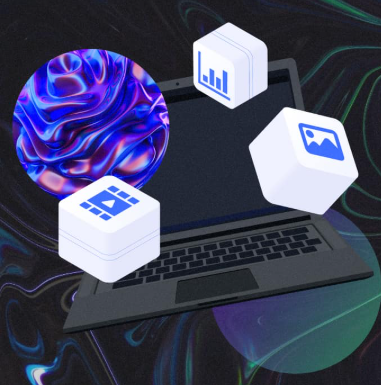
Managing IT infrastructure efficiently is all about making smart decisions and aligning your technology with business objectives. However, IT teams often find themselves overwhelmed by a vast amount of data—ranging from outdated and risky to valuable and essential information.
To operate more efficiently and effectively, it’s crucial to have a system that helps you differentiate between important and irrelevant data. A modern, data-centric IT tool can simplify this process and transform the way you manage your IT infrastructure.
Here’s a guide on how to optimize your IT systems by focusing on four essential questions.
1. Which Data Powers My Customer Service AI?
For customer service AI to deliver exceptional results, it must rely on the right data. The quality of your AI’s performance is directly tied to the data you feed it.
A powerful tool should help you:
- Identify valuable data sources such as chat logs, support tickets, FAQs, and customer feedback.
- Highlight patterns that improve the accuracy of automated responses.
- Distinguish clean, well-organized data from irrelevant or noisy inputs.
Focusing on this data ensures your AI performs better, providing faster responses and ultimately improving customer satisfaction.
2. What Data Should I Prioritize During Cloud Migration?
The cloud offers many benefits, including cost optimization, enhanced flexibility, and scalability. However, not all data should be moved to the cloud, and not all data needs to be transferred at the same time.
The right data management tool can:
- Identify frequently accessed or high-value data that should be prioritized for migration.
- Pinpoint files or datasets necessary for real-time collaboration or analysis.
- Recommend what data should remain on-premise or be archived in lower-cost storage solutions.
This approach ensures that your cloud migration is optimized and your IT infrastructure remains streamlined.
3. What Data Is Outdated or Irrelevant?
Outdated data can slow down your systems, eat up storage space, and create unnecessary complexity in decision-making. The key to efficient operations is identifying and eliminating data that no longer serves a purpose.
With the right tools, you can:
- Identify unused, obsolete, or legacy data.
- Archive or delete information that no longer fits your current operations.
- Ensure your data ecosystem aligns with today’s business needs, not last year’s model.
This helps your team focus on the data that truly drives business value while reducing inefficiencies.
4. What Data Carries the Most Risk?
Some data—like personal identifiers, financial records, or intellectual property—carries a higher level of risk. Neglecting to manage this data properly can result in compliance violations, security breaches, or worse.
A smart IT tool should:
- Classify sensitive data based on its risk level.
- Recommend actions like encryption, restricted access, or other security measures.
- Help you stay compliant with regulatory standards and data governance practices.
Taking proactive steps to manage high-risk data ensures that your infrastructure remains secure and compliant while reducing vulnerabilities.
Creating a Smarter IT Infrastructure
By using a modern IT tool that addresses these four crucial questions, your IT infrastructure can move from complex to streamlined and efficient. These questions include:
- Which data powers your customer service AI?
- What data should be moved to the cloud?
- What data no longer serves your business needs?
- What data carries the most risk?
Taking control of your data not only simplifies your infrastructure but also enhances your business operations. With the right approach, your data will be working for you, helping your company stay ahead in a rapidly evolving digital landscape.









